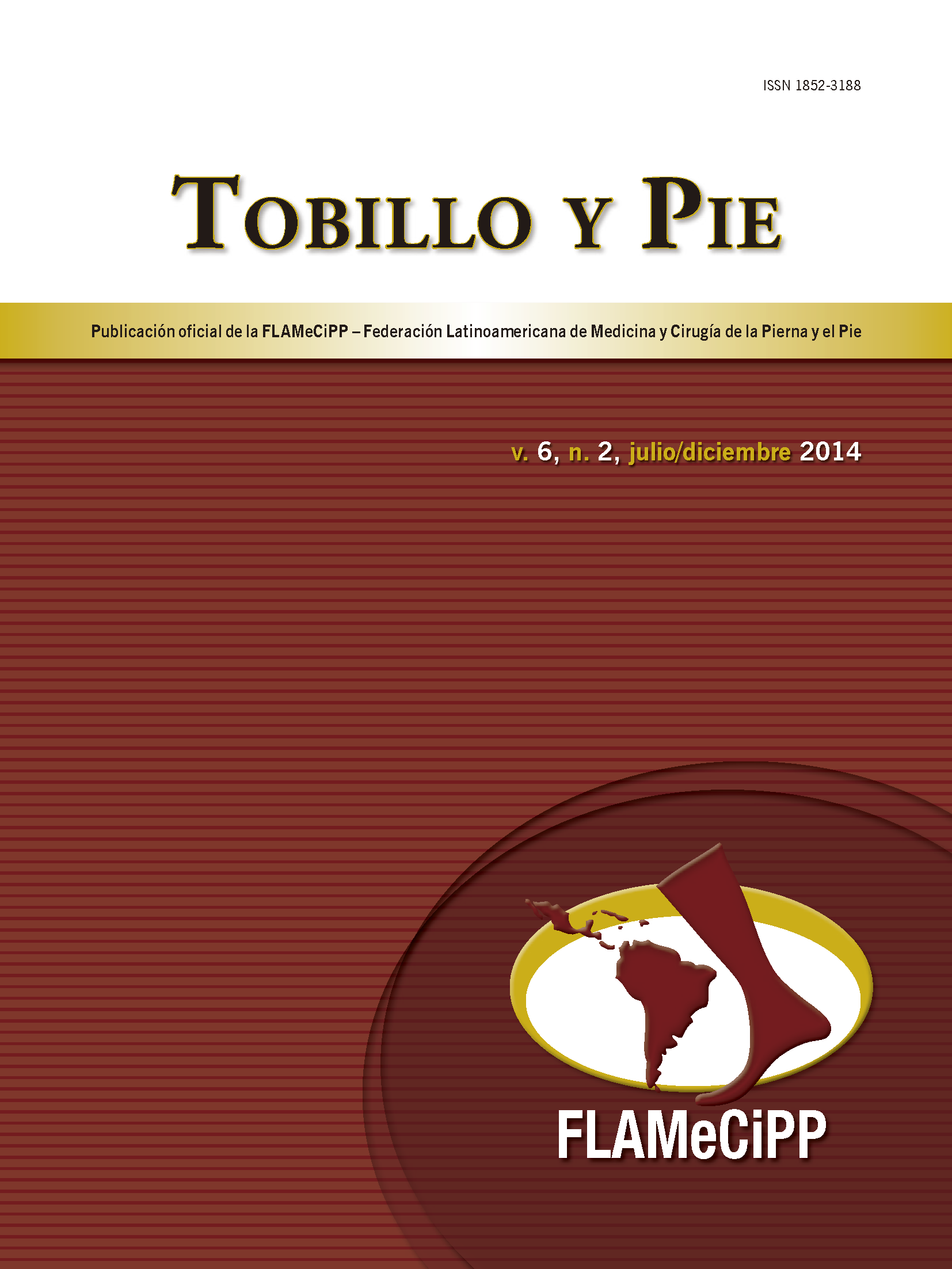Ankle arthritis and the treatment with ankle replacement
Palavras-chave:
Ankle joint, Arthroplasty, Arthoplasty, replacement ankle, Arthritis/therapyResumo
Concerns about the long-term outcomes of ankle arthrodesis, has created renewed interest in total ankle replacement over the last decade. New implants have been designed with attention to reproducing normal ankle anatomy, joint kinematics, ligament stability, and mechanical alignment. Encouraging intermediate clinical results for second-generation arthroplasties hold promise for patients with end-stage ankle osteoarthritis. The unique physiological and mechanical characteristics of the ankle joint, however, remain a challenge. Failures of ankle implants are, to date, still higher than implants in other joints. To a certain extent, this may be related to the inability of a surgeon to adequately restore the critical stabilizing role of the ligaments, as well as to poor reproduction of the normal mechanics of the ankle joint. However, adequate patient selection, careful preoperative planning, appropriate treatment of associated disorders (for example, instability, malalignment, and osteoarthritis of adjacent joints), and minimizing perioperative complications will help to maximize the chance for a successful outcome.


